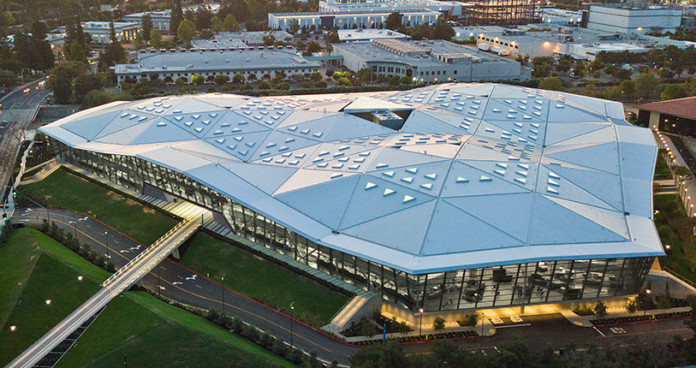Nvidia says data center sales were up 71% year over year, driven by AI uptake
Nvidia reported quarterly revenue of $7.64 billion for its fourth fiscal quarter, which ended January 30, 2022. That’s up 53% for the same quarter a year ago. The company also report record revenue for its fiscal 2021. The company ended with with $26.91 billion, up 61% year over year (YoY). Nvidia said that its Gaming, Data Center, and Professional Visualization businesses set records for the quarter and the year.
Nvidia offered Q1 guidance in the range of $8.10 billion in revenue, with GAAP and non-GAAP gross margins at 65.2% and 67%, respectively. The company’s CEO and CFO offered color to analysts after the call detailing Nvidia’s data center success.
Nvidia’s Data Center revenue for the quarter was $3.26 billion, up 71% YoY and up sequentially 11%. Full year data center revenue totally $10.61 billion, up 58%. New enterprise uses for artificial intelligence (AI) is driving Nvidia’s data center growth, according to Colette Kress, Nvidia executive vice president and CFO. Nvidia has seen broad use of its Ampere processor architecture for that purpose. Businesses are leaning on AI for natural language processing and deep machine learning, she said. Nvidia’s sequential quarterly growth will be driven primarily by Data Center, Kress revealed.
Kress acknowledged continuing supply chain constraints, but added that Nvidia is seeing improvements.
“We do expect to improve supply each quarter as we enter into fiscal year ’23 here,” she said.
CEO Jensen Huang said that Nvidia has expanded its supply chain footprint for ’23 to prepare for increased demand and in preparation for new product launches. Huang underscored Nvidia’s AGX Orin processor launch. Orin, an AI-tuned system on a chip (SoC), was first announced in 2019. Nvidia sees a strong future for Orin in autonomous vehicle and robotic system use.
Nvidia AI’s next killer app: robots and robot vehicles
“Orin is doing incredibly well,” said Huang. Huang added that Orin will “drive an inflection point” beginning this quarter and accelerating through the rest of the year as Nvidia ramps up production for EVs, robotic applications, and autonomous vehicle fleets.
“Hyperscale and cloud demand was outstanding, with revenue more than doubling year on year. Vertical Industries also posted strong double-digit year-on-year growth led by consumer Internet companies,” said Kress.
“We have products that span a broad reach of use cases for data centers from training of AI models to inferencing at very large scale, to universal GPUs for public cloud, industry-standard servers, community servers for enterprise use, and supercomputing systems that use InfiniBand and quantum switches,” said Huang.
Top of mind for both Nvidia and analysts on the call was the company’s recent decision to end a $40 billion deal with Softbank to buy semiconductor maker Arm Limited. Nvidia, Softbank and Arm faced steep regulatory resistance to the merger in the U.S., U.K., and Japan – the home countries of each of the businesses, respectively.
The U.S. Federal Trade Commission (FTC) sued Nvidia in December to stop the merger. FTC Bureau of Competition Director Holly Verona said in a statement that the deal would potentially stifle the development of new semiconductor engineering and production.
“We appreciated the regulatory concerns,” Huang told analysts. “We gave it our best shot, but the headwinds were too strong, and we could not give regulators the comfort they needed to approve our deal.”
Huang reassured analysts that Nvidia’s partnership with Arm will continue. Nvidia holds a 20-year architectural license for Arm technology and will launch an Arm-based CPU for AI and high-performance computing workloads in the first half of 2023.
“Whether x86 or Arm, we will use the best CPU for the job,” said Huang.

